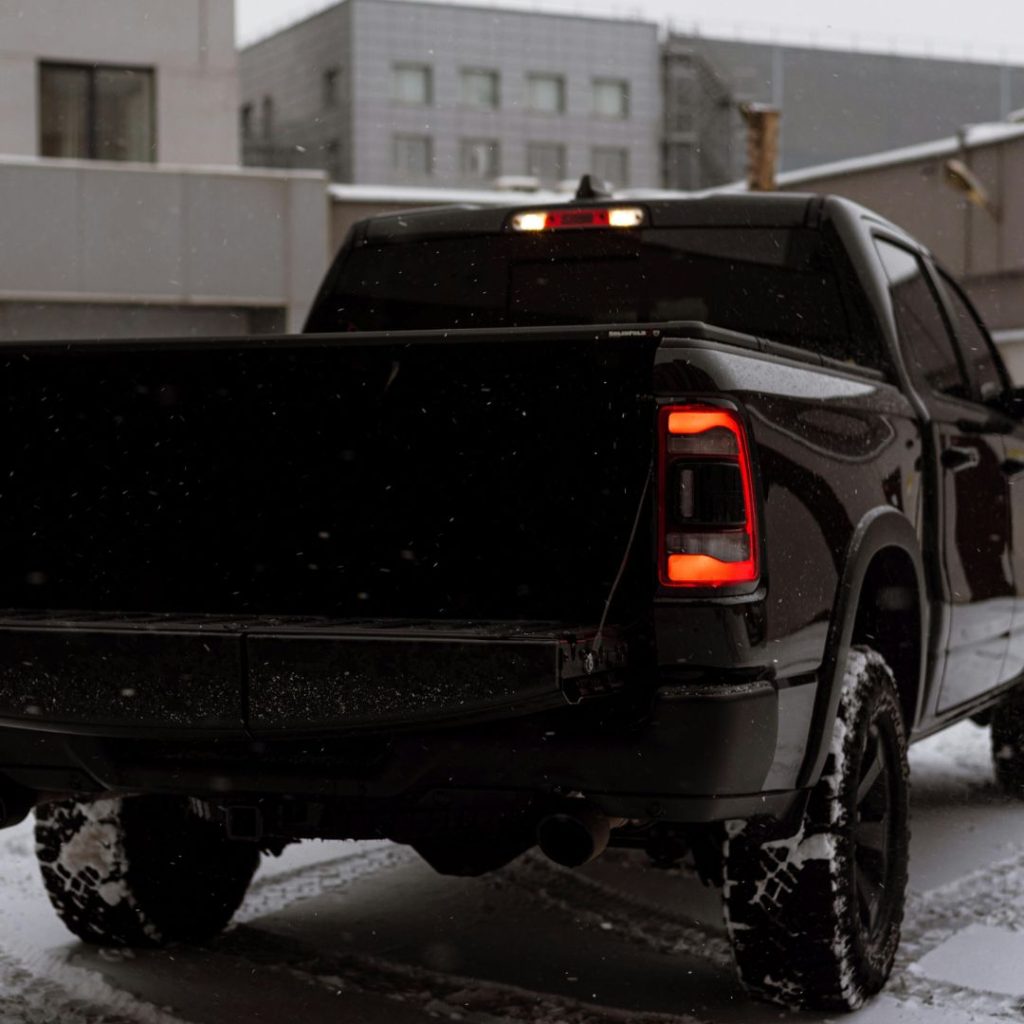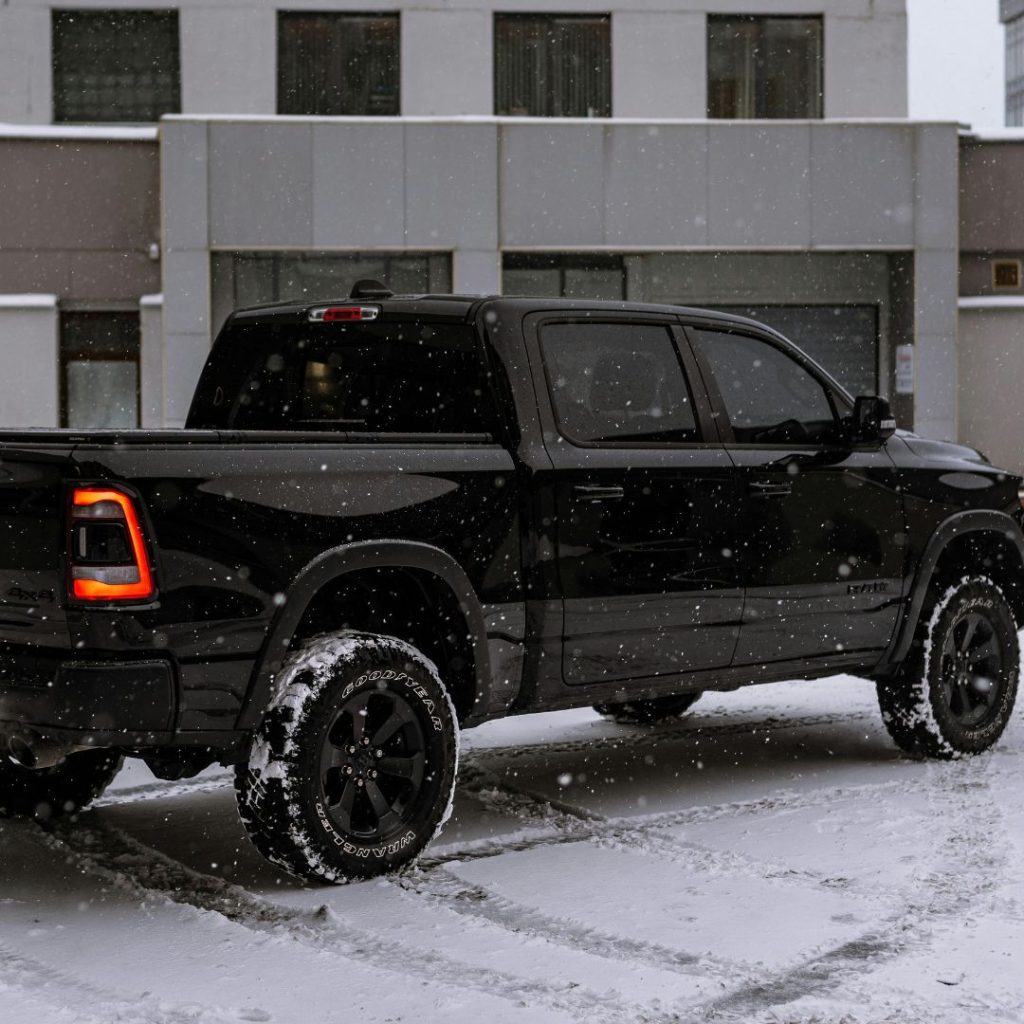
Introduction: More Than a Moniker
Ford truck names, a fascinating fact is that the iconic “F” in “F-Series” originally stood for “Ford,” a simple designation that would grow into the most powerful brand in automotive history.
For those of us in the Ford business and the millions of loyal users who rely on these vehicles daily, a name is never just a name. It’s a promise of capability, a badge of heritage, and a clear signal of the truck’s intended purpose. This compendium is for you the dealership owner, the fleet manager, the lifelong F-150 driver, and the new Maverick owner. It is a definitive guide to the language of Ford, created to provide a deep, satisfying knowledge of the monikers that define the toughest, most trusted trucks on the road. We will decode the legends, explore the modern titans, and understand why these specific Ford truck names resonate so deeply with the American spirit.
The Foundation: The F-Series Legacy and Its Numbers
The story of modern Ford truck names begins in 1948 with the launch of the “Bonus-Built” line. This is where the legendary F-Series designation was born. The lineup included the F-1 (half-ton), F-2 (three-quarter-ton), and F-3 (heavy-duty), among others. The logic was straightforward: the “F” for Ford and the numeral for its weight class.
By 1953, for the second generation, Ford refined this system into the nomenclature we recognize today. The F-1 became the F-100, the F-2 became the F-250, and the F-3 was merged into the F-350. This change was more than just marketing; the extra zero added a sense of heft and modernity. The crucial moment came in 1975 when the F-150 was introduced. Created to navigate tightening emissions regulations, the F-150 offered a slightly higher gross vehicle weight rating (GVWR) than the F-100, and it quickly became the consumer favorite. Its popularity was so immense that the F-100 was eventually phased out, cementing the F-150 as the undisputed king of light-duty pickups.
For users and business personnel, understanding these numbers is key. They aren’t arbitrary. An F-150, F-250, or F-350 designation is a direct indicator of payload and towing capacity. It’s a simple, effective system that immediately communicates a truck’s place in the hierarchy of work. The enduring success of this numerical system of ford truck names is a core reason why these Ford truck names have dominated the market for over four decades.
The Lexicon of Toughness: Names That Define Capability
While the F-Series numbers provide a logical framework, Ford developed a powerful lexicon of names to signify trucks built for the most demanding tasks.
Super Duty®: Introduced in 1999, the “Super Duty” name was a stroke of branding genius. Ford split its F-Series platform, creating a dedicated chassis for its heavy-duty trucks (F-250 and above). The name “Super Duty” perfectly communicated this shift. It wasn’t just a more capable F-150; it was an entirely different class of machine designed for serious, professional-grade work. The name itself promises immense power and durability, a promise the engineering delivers on.
Raptor®: Born from the desert-racing world, the “Raptor” name is synonymous with high-performance, off-road dominance. The name evokes a swift, powerful predator, perfectly aligning with the truck’s aggressive styling, long-travel suspension, and high-output engine. The choice of this name was deliberate, moving away from utilitarian descriptors to something visceral and exciting. This is one of the Ford truck names that created an entirely new category ford truck names the factory-built, high-speed off-road super-truck.
Tremor®: While the Raptor is a high-speed desert runner, the “Tremor” name was chosen to signify a different kind of off-road capability. The name suggests ground-shaking force and stability, reflecting the package’s focus on heavy-duty, real-world off-roading like rock crawling and trail navigation. It’s a name that implies immense, earth-moving torque and ruggedness, appealing to the overlanding enthusiast and those needing extreme capability on the job site.
The Modern Era: Reviving Legends and Forging New Paths
In recent years, the portfolio of Ford truck names has expanded, skillfully blending nostalgia with forward-thinking innovation.
Ranger® and Bronco®: The reintroduction of “Ranger” and “Bronco” leveraged decades of brand equity. The Ranger name has always stood for a tough, compact, and versatile pickup. Its return filled a crucial segment for Ford. The Bronco’s return was even more seismic, bringing back a nameplate that is the very definition of adventure and freedom. These revivals show a deep understanding of customer loyalty and the timeless power of a legendary name.
Maverick®: For its new compact pickup, Ford chose “Maverick.” The name signifies an independent, unconventional spirit, perfectly suited for a vehicle designed to disrupt the market and appeal to new, younger truck buyers who may have never considered one before. It’s a clever choice that positions the truck as a smart, versatile, and slightly rebellious alternative to traditional vehicles.
Lightning®: Naming ford truck names the first all-electric F-150 “Lightning” was a masterstroke. It revived a name previously used for a high-performance street truck in the 1990s, connecting electric power with speed and performance, not just eco consciousness. The name instantly communicates the truck’s incredible acceleration and technological leap forward, making it one of the most important Ford truck names for the future.
Beyond the Model: Decoding Trim and Special Edition Name Tags
For anyone ford truck names navigating a Ford dealership lot or a company’s fleet options, understanding the trim levels is crucial. These are the name tags that signify the content, luxury, and character of a specific truck.
- XL & XLT: These are the workhorses. XL stands for a basic, no-nonsense specification, while XLT adds a touch of comfort and features, representing a “step up.”
- Lariat®: The Lariat name evokes a Western, ranching heritage, signifying a move into premium territory with leather seating and advanced technology.
- King Ranch®: This is more than a trim; it’s a partnership with the legendary 825,000-acre King Ranch in Texas. The name signifies ultimate Western luxury, using authentic materials and branding that resonates deeply with a specific lifestyle.
- Platinum® & Limited: These names represent the pinnacle of modern, urban luxury. “Platinum” suggests a high-value, premium experience, while “Limited” implies exclusivity and the highest level of features and technology Ford has to offer.
Conclusion: A Name Forged in Steel

From the simple “F-1” to the electrifying “Lightning,” Ford truck names are a direct reflection of their purpose and the people who use them. They are not chosen lightly. Each name is imbued with a history of toughness, a promise of innovation, and a deep connection to the work and adventure of life. For everyone in the Ford ecosystem, this knowledge is power. It allows us to communicate value, understand capability, and appreciate the rich heritage behind the badge. These Ford truck names are a lexicon of strength, and knowing what they stand for is knowing the heart of Ford itself.
